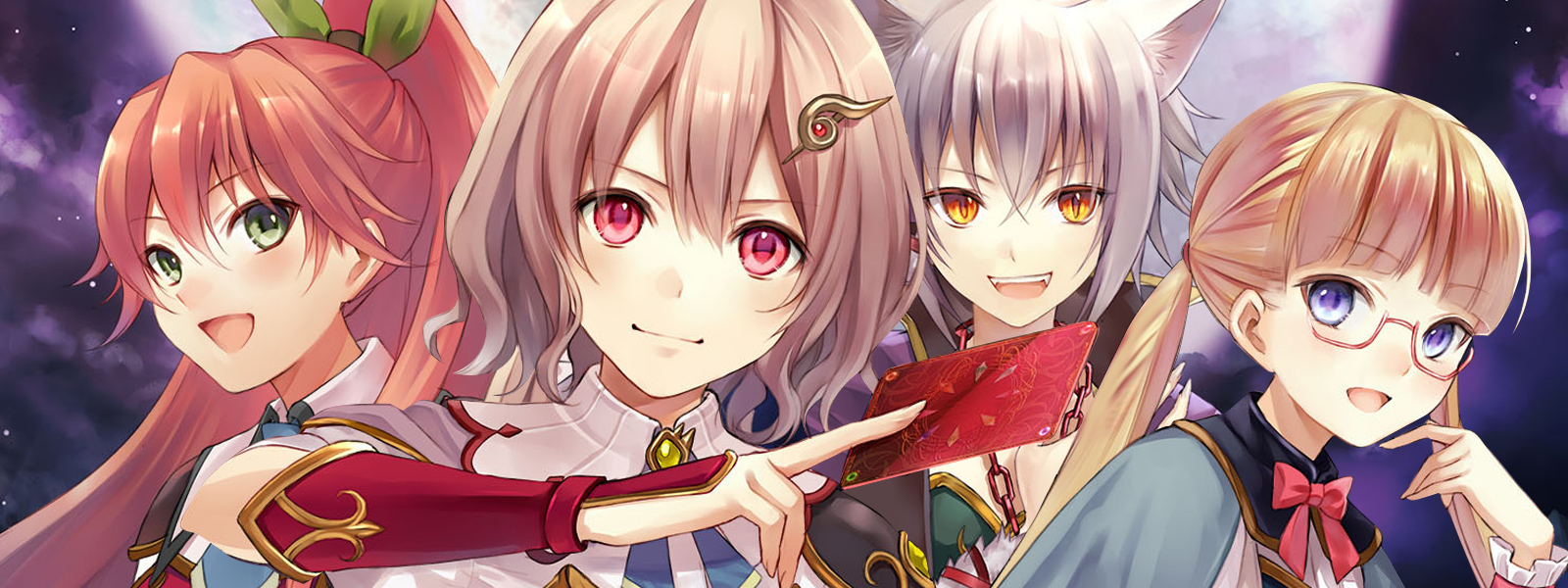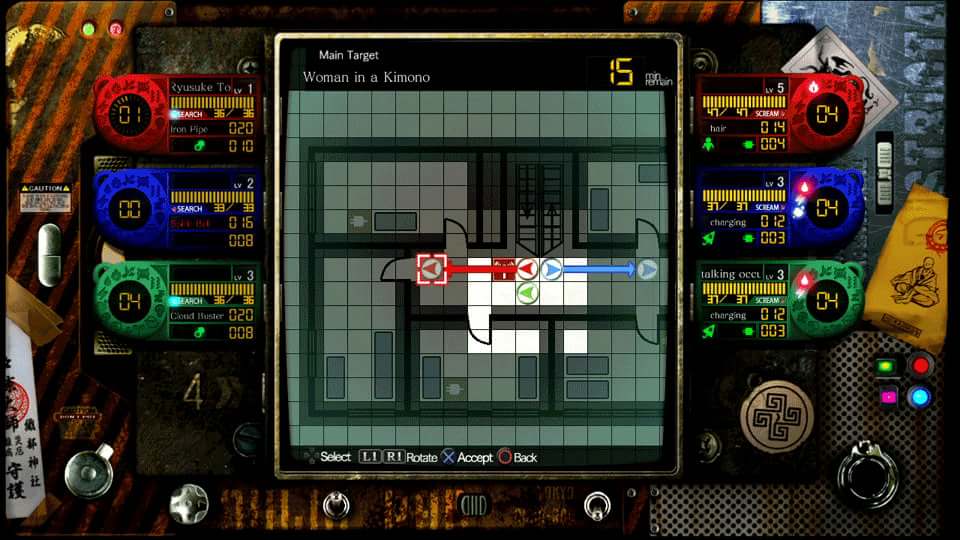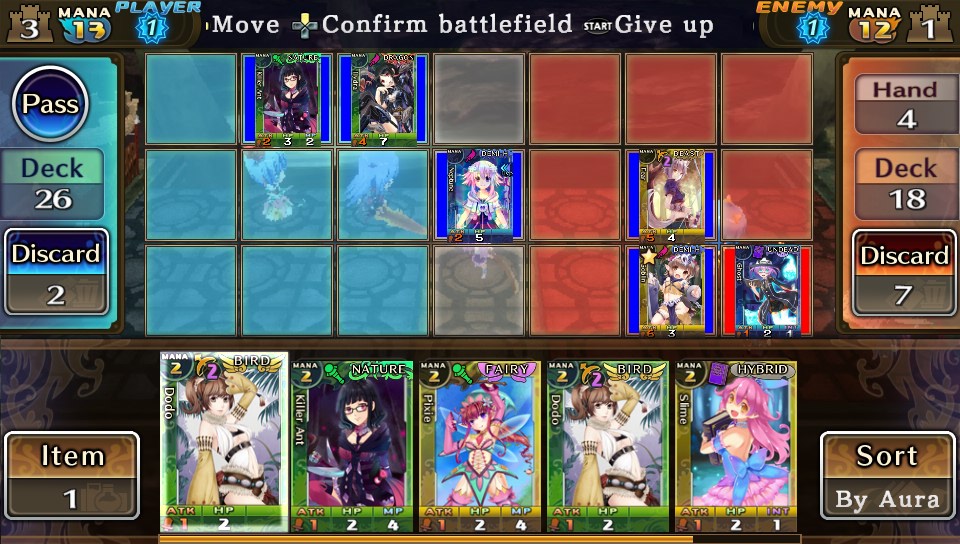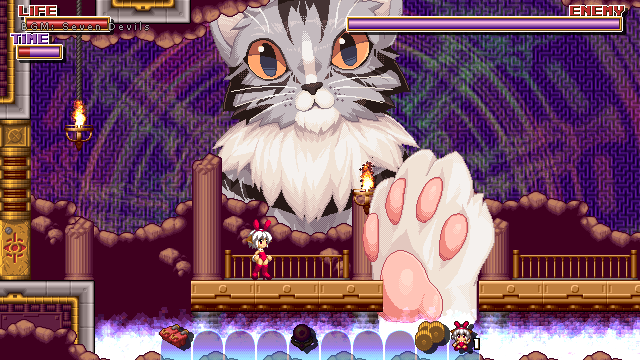One thing I’ve learned as a professional reviewer is that people will give you a huge ration of shit if they even think you haven’t beaten a game you’ve reviewed. In most cases, I feel like this shouldn’t even be an issue. Yes, you should certainly make a good-faith effort to play through as much of the game as possible, because there are many excellent games that are slow starters – and some with midgame sequences that are miserable and drag the product down. There are extremely few games that come to mind where the ending sequence really, really damages the product to the point where I’d actually give the game a lower score as a result (looking at you, Devil Survivor)1. Really, when you sit down and think about it, saying something like “I didn’t finish this game because of reasons x, y, and z” can be very helpful in a review context! But that doesn’t matter – unless you were totally thorough to some nebulous standard in your playthrough, your opinion is invalid in the eyes of many a reader.
Even when I’m writing on here, my personal site, I still feel like if I don’t spend as much time with a game as possible, I’ve somehow “failed” the criteria for reviewing it. I’m always looking for stuff to cover on this site that wouldn’t really fit with any of the pro outlets I work for. I’ve started and finished quite a few games that I intend to write about more thoroughly (like Phantasm, I swear!), but there are other games I picked up with the express intent of reviewing them on the site… and then never finished them, and have no real desire to finish them. So instead of writing “proper” reviews for these games where I give a general overview of a product and evaluate various aspects of it, I’m going to tell you why I’m not going to finish them. Short and to the point… mostly.
Tokyo Twlight Ghost Hunters
Man, this game is seriously boring.
I love visual novels and I love strategy games, but I had a hard time forcing myself to play through this one – to the point where I just said “screw it, not bothering with this anymore!” The concept is cool – a group of underground, extrasensorally gifted young ghost hunters taking odd exorcism and extermination jobs and solving mysteries in modern Tokyo – and, visually, it’s got that neat multi-layered 2D animation that allows the usual “paper dolls” of visual novels to animate and be more expressive. Sadly, the cases you wind up dealing with are the kind of uninspired crap you’d see in some C-grade seinen manga, wholly unmemorable and not creepy in the slightest. The characters are just as non-noteworthy: I can’t even remember their names and can barely remember personality traits (one was in a wheelchair, one girl was kinda bitchy and was trying to deny she was seeing ghosts, et cetera).
Even with the snoozer of a story, the real thing that turned me off to Tokyo Twilight was the combat. Good lord, is this an absolute mess. I mean, look at the screen where you’ll be doing most of your strategizing:
Exciting stuff, huh? It plays just as bad as it looks, too. You and the ghosts move at the same time during your turns, unlike most turn-based strategy games where you and opponents alternate. The idea is that you’re supposed to watch the ghosts’ movements and predict where they’ll move so you can set up your team’s attacks. The reality is that the ghosts will never, ever act the way you think, even when you have them almost cornered, so more often than not you wind up swinging at air and/or damaging the property from a missed attack (which incurs a money penalty. Add in the fact that battles have a turn limit and you have a recipe for sheer frustration that is diametrically opposed to what I find fun. Nope, not gonna put myself through any more of this.
(Also, take note, folks: when a game sells itself with the promise of “music from Nobuo Uematsu”, what they usually mean is “he composed at least one song, maybe two.”)
Monster Monpiece
So here’s a confession: I really, really dig demihuman characters. Demons, harpies, centaurs, dragon-people, nagas and lamias, mermaids and fishfolk – all of that sort of stuff is super rad in my book. I’m immediately drawn to those sorts of character designs, and I’m a rather shameful fan of the whole “monster girl” thing that’s been gaining traction in otaku circles. So Monster Monpiece immediately has something about it that appeals to me…. though honestly, I was pretty iffy on it from basically the moment it was announced. It’s made by Idea Factory (whose quality standards outside otome games are… inconsistent, to say the least), it’s a videogame CCG, and the art looked generally mediocre… to say nothing of the discomforting card illustrations toeing the lolicon line.
But hey, they got rid of the worst stuff in the US release, and even though it’s still pretty trashy, I have an awfully thick skin when it comes to that sort of thing! Plus, someone who shall not be named said it was actually a fun card game! So, I bought it on a PSN super sale and prepared myself for quality card gaming with an onslaught of monster girl boobs on top.
Well, guess what, SOMEONE, you were so wrong. Monster Monpiece’s card battling is broken in a way that there’s really only one type of effective deck you can make.
The goal in Monster Monpiece is to put your cards on a grid-based playfield, where they advance, fight enemy cards, and attack an opponent’s base should they reach it. The goal is to damage your opponent’s base to a certain extent before they damage yours. Sounds kinda neat, right? Here’s the issue: cards come with one of four different colored “auras”, and when you lay down cards of the same aura in a row, they get a massive stat boost.
To show how stupid this is, let me use the most popular CCG as an example: If there was a rule where casting three creature spells of the same color in Magic gave every creature you controlled +1/+1 and stacked over time, well, you’d have a really huge incentive to play a mono-color deck, right? And if there weren’t metagame cards made that could hose particular colors, it’d be a bit silly to not go mono-color. That’s essentially how you win in Monster Monpiece: overpowering the opponent with boosts from mono (or mostly-mono, depending on your current card set) decks, because there’s no real disadvantage for doing so. There’s also a system where playing the same type cards on top of each other (i.e. Demi-human, Undead, Fairy, etc.) lets you boost a single card. Essentially, the most effective decks are mono-color with maybe 3 or 4 different monster types. Even doing the embarrassing rubbing mini-game to boost cards and get special skills doesn’t change this much, leading to the normally-fun process of deck-building and testing becoming downright dull.
Of course, there’s always a chance this might change later in the game, though I suspect it’s pretty slim. But then there’s other issues that completely destroy my interest, like the fact that you’ll basically never pull any really good cards unless you buy paid packs from the PS Store. This I could accept in a F2P game, but when I’ve paid for a full retail product, asking for a premium for a chance to pull the best stuff is downright insulting. Honestly, if you want a grid-based defense game with collectible card elements, go download Chain Chronicle – it’s a far sight better.
Bunny Must Die! Chelsea and the 7 Devils
Out of all these games, this is the one I’m honestly the most disappointed that I couldn’t enjoy. You may recall that I mentioned this during my Hori FC4 review – it was one of the PC games I tested the controller with, and I said that I planned to give the game a proper review on this site. I had only just started the game at that point, and had high hopes: I’d really liked doujin circle Platine Dispositif’s shooters, and the idea of them doing a Metroidvania-style game made this something I was eager to play and review for this site. Sadly, Bunny Must Die just isn’t very fun.
For starters, the controls feel really off. There’s a lot of maneuvers Bunny is capable of – including a Street Fighter 3-style parry! – but the timings just don’t seem right, particularly with things like wall and dash jumps. (Jump height and distance is based heavily on whether – and how – Bunny is currently moving to a degree I haven’t seen in any other game of this sort, making it really easy to miss jumps that don’t look problematic.) These sorts of things are really key to navigating the interconnected world, and having them be so finicky is a serious detriment. Having a lot of things a character can do is nice, but when you’re constantly struggling to actually do them, it doesn’t really matter much.
Ultimately, though, the biggest problem is that the exploration simply isn’t much fun. Missing a crucial jump or not dashing through a door in time often means having traverse a huge chunk of the game over again, and save point spacing isn’t particularly kind in that respect. Bosses often have really cool designs but very unfair attacks and patterns – you’ll feel like you’re doing well, then the boss will pull out some really BS attack and completely wreck you unless the play control gods smile upon you. That is, if they don’t wreck you from the outset.
Sometimes a game can have a lot going for it – the effort and passion the Platine Dispositif team put into the visuals and sound is obvious, and ideas like the Braid-style time manipulation are very cool to see in this sort of game. But the issues I’ve mentioned prevent Bunny Must Die from coming together into a satisfying whole. Despite my disappointment, however, I hope publisher Rockin’ Android continues to release this circle’s stuff, however – their newest titles do look promising.
- I bet somebody who is still REALLY ANGRY about Mass Effect is gonna come barging in here, I can feel it. Time to let it go, buddy. ↩




I’ve ragged on Bunny Must Die before too, and the one thing I always bring up as the single worst element of the game is the combination of “darkened area” plus “one-pixel-deeper square of terrain hiding a button” plus “needing to crouch on said area to open the path forward”.
That’s a real thing that kept me stuck for a week. FUCK that team forever.